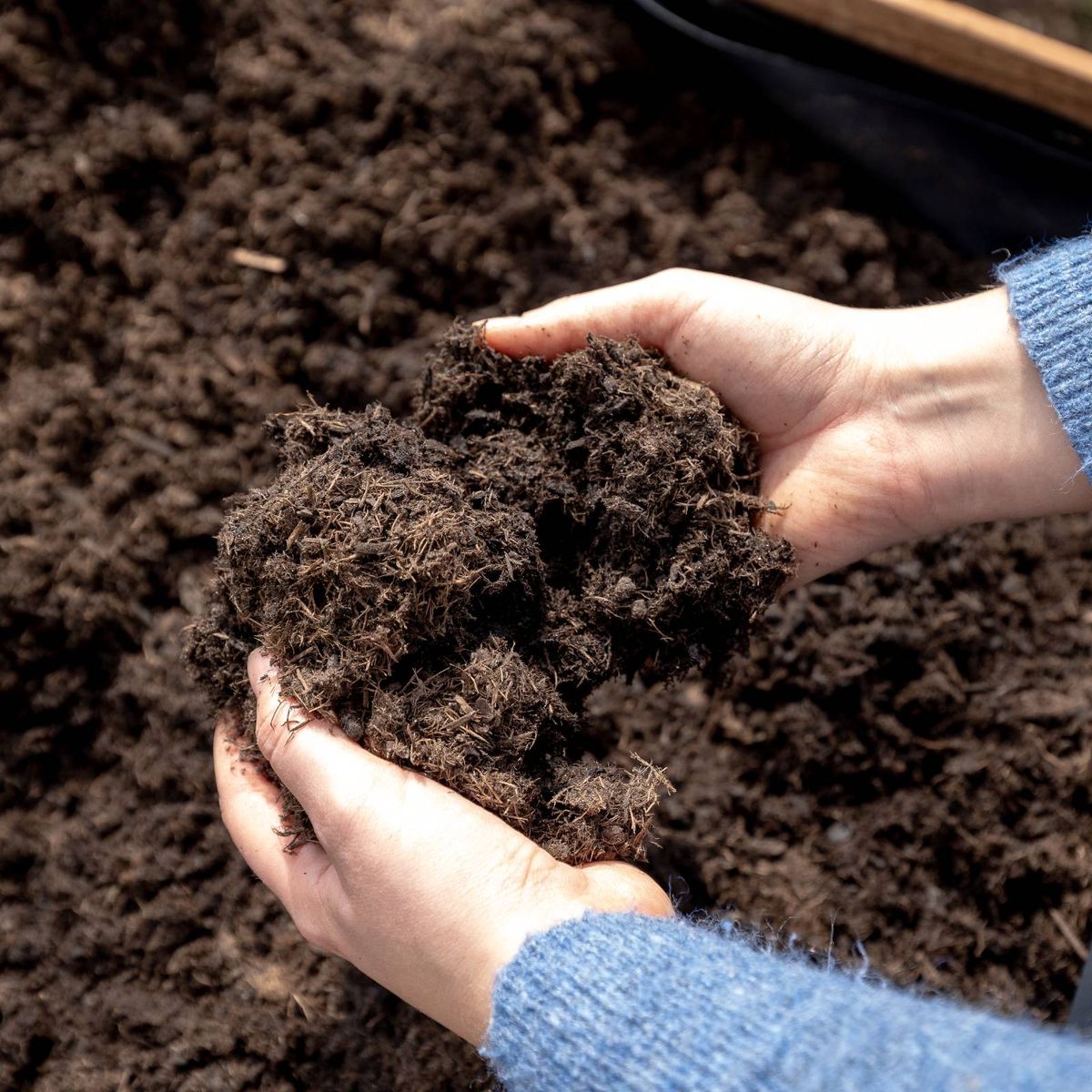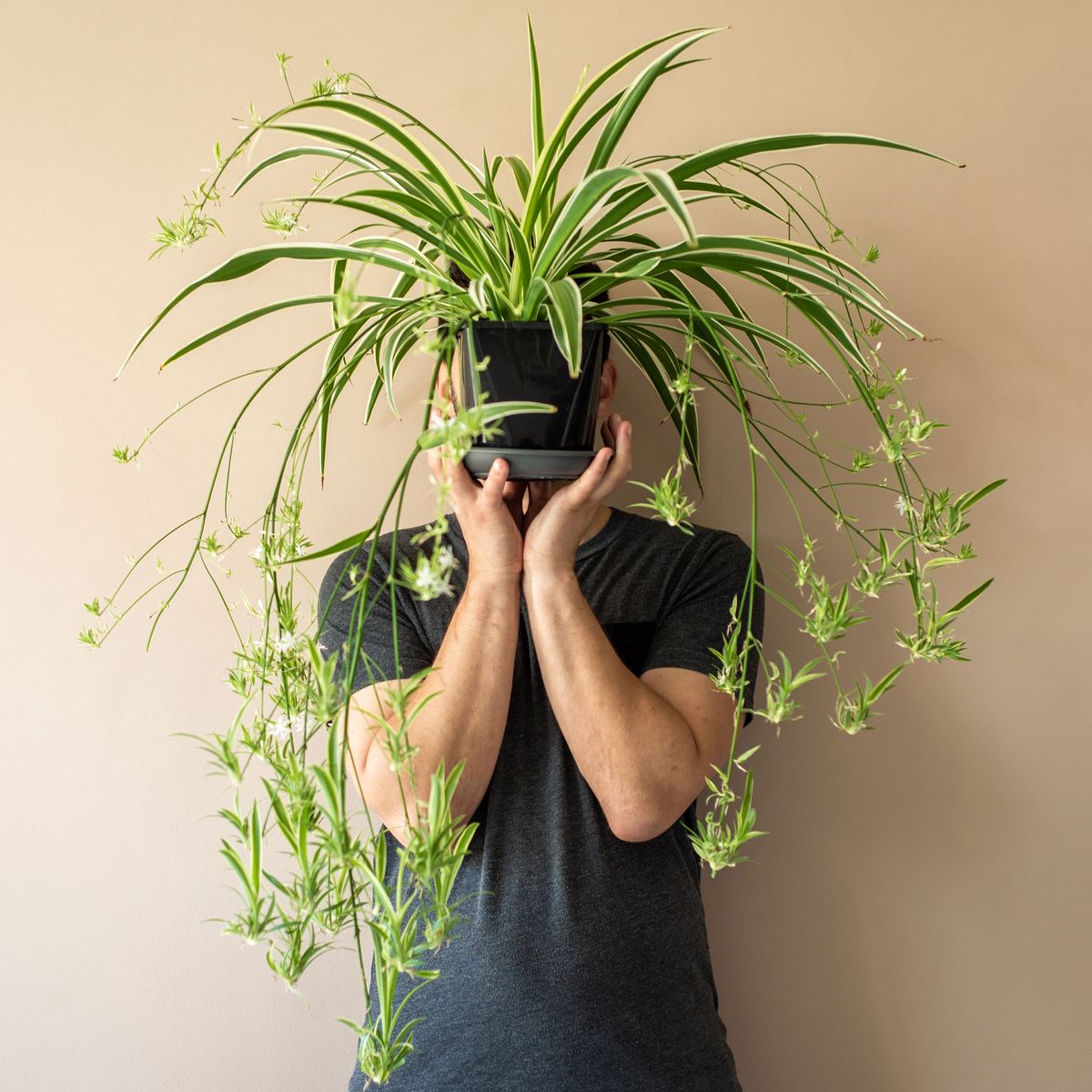Hay fever, which is also called allergic rhinitis, is a common allergy illness that causes sneezing, a runny nose, and itchy eyes. It happens when the immune system of the body reacts to allergens such as dust mites, pollen, or animal dander.
One of the most typical allergens that cause hay fever is pollen. To fertilize other plants of the same species, trees, grasses, and weeds release pollen into the atmosphere. Some people may experience an allergic reaction if they breathe in these microscopic pollen particles. The type of pollen to which a person is sensitive, as well as the quantity of pollen in the air, can affect the intensity and length of hay fever symptoms.
Additional typical allergens that can induce hay fever include dust mites and animal dander. Dust mites are tiny bugs that live in the dust in your home. They can make your nose run and make you sneeze. Animal dander, which is made up of tiny flakes of pet skin, can make hay fever symptoms even worse.
Hay fever symptoms can appear at any time of year, although they are most prevalent in the spring, summer, and fall when pollen counts are at their peak. Other hay fever signs and symptoms include:
- Nasal congestion
- Sinus pressure
- Coughing
- Fatigue
- Headaches
- Itchy throat, nose, and ears
A doctor can identify hay fever through a physical examination, as well as through skin or blood tests that look for the presence of particular allergens. Most of the time, hay fever can be effectively treated by avoiding allergens and taking over-the-counter or prescription drugs to control symptoms.
Even though hay fever is a common and harmless ailment, it should be noted that it can also have an impact on everyday life and cause chronic weariness and sleep disturbances. It’s crucial to consult a doctor if symptoms persist or worsen, since hay fever can occasionally develop into more severe problems like sinusitis or asthma.
You can use the information on the top 10 plants that are known to cause hay fever to create your own essay. The top 10 plants that cause hay fever are listed below:
- Ragweed: From August to October, this plant, which is a major contributor to hay fever in North America, releases a significant amount of pollen into the atmosphere.
- Bermuda grass: Frequently seen on lawns and golf courses, and in the summer, it produces a lot of pollen.
- Red cedar: The tree grows throughout Canada and the United States, and in the spring, it produces pollen affecting people.
- Timothy grass: Grows on lawns and fields, and in the summer, it produces a lot of pollen.
- Johnson grass: A common grass that grows along roadsides and in fields. In the summer, it produces a lot of pollen.
- Sagebrush: In the fall, the sagebrush plant, which grows in the western U.S. and Canada, discharges a lot of pollen.
- Russian thistle: Commonly known as tumbleweed, is a plant that grows in western North America and Canada. In the fall, it produces a lot of pollen.
- Elm trees: Spring time, these trees produce a lot of pollen.
- Oak trees: In the spring, these trees produce a lot of pollen.
- Maple trees: In the springtime, these trees produce a lot of pollen. Please be aware that this is not an exhaustive list and that other plants can also cause hay fever.
Additionally, there are many forms of hay fever that are brought on by various pollens. This list is based on the plants that in North America most frequently induce hay fever.











